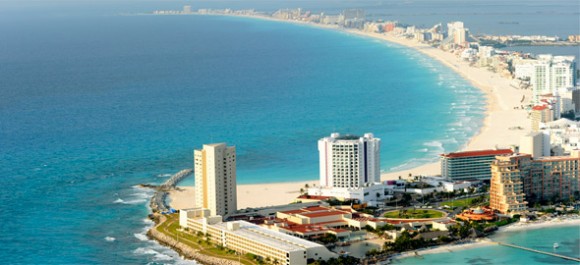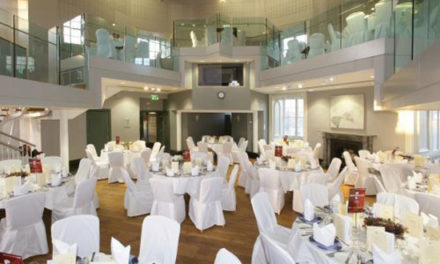The advantage of booking all-inclusive resorts is well known among meeting planners: Budget certainty. But the risks are well known too: Will the service levels provided by the staff be sufficient? What is the quality of the food and beverage? Is the all-inclusive rate lower or higher than if services were purchased à la carte?
The industry has come a long way since all-inclusive packages gained in popularity among leisure travelers seeking beach escapes. And Cancun is one of several destinations in Mexico where the all-inclusive concept has evolved as a top choice for business meetings. (Check out our profile, Business Travel in Cancun.)
In fact, it has gained so much popularity that even Starwood Hotels & Resorts, which normally does not offer these packages, recently announced all-inclusive options at many of its properties throughout Mexico, including its Westin, Sheraton and Le Meridien resorts in Cancun.
So What’s Included at All-Inclusive Hotels?
Booking an all-inclusive for a meeting means getting a flat rate that covers guest rooms, food and beverage, meeting and function space, conference services staff, gratuities, and other resort fees.
Depending on the complexity of your needs, additional costs may include audiovisual, music, décor, flowers, entertainment, and some special function setup (e.g., beach parties), according to Enrique Martin Del Camp, corporate director of group sales for Moon Palace Golf & Spa Resort, in Cancun, where Meeting Professionals International held its MeetDifferent conference in February 2010.
Such “extras,” however, are the exception, and predictability and value remain the key benefits of all-inclusive resorts for both planners and attendees. “You know the per-person cost of the event, and it does not change,” Del Camp explains. “There are no surprises or last-minute charges added on property. And the destinations are attractive to participants.”
Of course, these hotels offer a lot of flexibility to help planners break down the all-inclusive pricing so that they may project how event costs should be covered. Association meeting planners should always request this breakdown if they need to determine which expenses will be covered by exhibitor and sponsor fees and which will be covered by attendee registration and guest-room rates.
For example, a meeting planner may wish to lower room rates for attendees by extracting the property’s daily cost for food and beverage and adding it to the exhibitor fees and/or the registration costs.
Business travelers and attendees, meanwhile, arrive home without a wallet full of receipts for room-service charges, lobby bar charges, Internet access fees, or other expenses that all are covered in the all-inclusive pricing.
Cancun: The All-Inclusive Capital
Cancun offers 147 hotels with 27,278 hotel rooms. And while not all are all-inclusive hotels, each offers an all-inclusive package for meetings, according to the Mexico Tourism Board.
And there are tax benefits to hosting meetings, conventions or trade shows in Mexico, where value-added tax (VAT) can cost between 11-16%, depending on the destination. Since 2004, VAT has been waived for expenditures on lodging, food and beverage, transfers, and “related-services” for international meetings, conventions and trade shows. Hotels manage this process directly by making a copy of guest passports and immigration forms upon check-in so that they may process the required paperwork to waive VAT. Incentive trips, however, do not qualify.
“Planners are asking now more than ever for all-inclusive properties,” says Teresa Matamoros, CMP, director of incentive and corporate meetings for the Mexico Tourism Board, Chicago. “This is due to smaller budgets than in previous years and dealing with short lead times. All-inclusive properties are a good option.”
Nevertheless, major international events are also held in Cancun. COP 16, the United Nations Climate Change Conference, recently held its meeting at Moon Palace and Cancunmesse (a new international conference and exhibition center). 28,000 delegates from 92 countries filled hotels throughout the region.
Cancun receives about 3 million visitors each year, and between 550,000 and 600,000 business travelers attend meetings and events, according to data from the Cancun Convention & Visitors Bureau. In 2009, 17.6 million U.S. tourists visited Mexico and about 3.5 million were business travelers.







